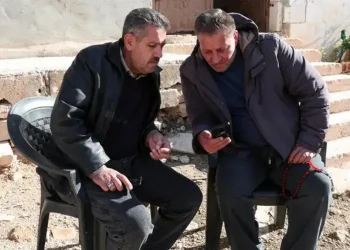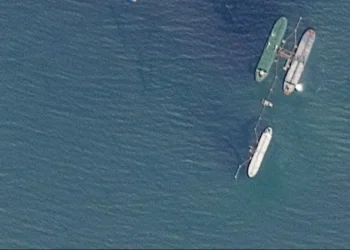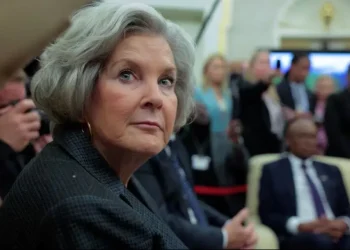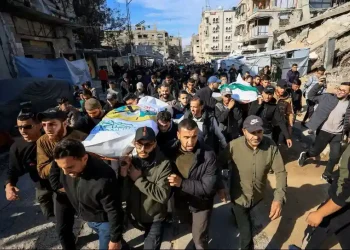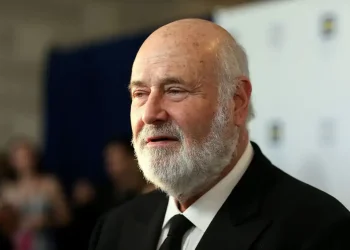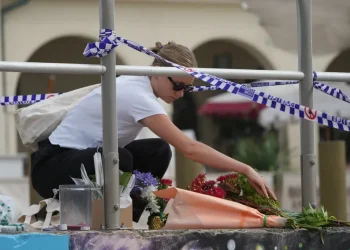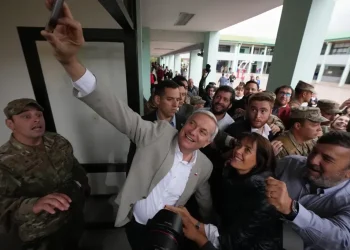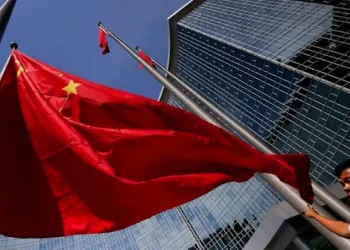Ceasefire Between Israel and Hamas Set to Begin on Sunday at 0630 GMT
Qatar’s foreign ministry announced that a ceasefire between Israel and Hamas will take effect at 0630 GMT on Sunday. This pause in hostilities comes after 15 months of intense conflict and will involve the release of dozens of hostages held in Gaza by Hamas, alongside hundreds of Palestinians imprisoned by Israel.
Key Details of the Ceasefire Agreement:
- Approval and Mediation: Israel’s Cabinet approved the deal early Saturday. It was brokered through indirect negotiations mediated by the United States, Qatar, and Egypt.
- Hostage Release: The agreement will see the initial release of hostages, with 33 individuals set to be freed over the next six weeks.
- Prisoner Exchange: Israel’s Justice Ministry has published a list of over 700 Palestinian prisoners, including members of militant groups, slated for release.
- Phased Implementation: Female hostages will be released first, with negotiations for a second phase involving male soldiers and other captives contingent on further ceasefire discussions.
The ceasefire marks the second truce in this devastating conflict, which has left over 46,000 people dead in Gaza, predominantly women and children, according to Gaza’s Health Ministry. Israel claims to have killed over 17,000 fighters, though evidence to support these figures has not been provided.
Lebanon Begins Reconstruction After U.N.-Brokered Ceasefire
In Beirut, U.N. Secretary-General António Guterres pledged international support to aid Lebanon’s recovery following the recent U.S.-brokered ceasefire between Israel and Hezbollah. Speaking after a meeting with Lebanon’s newly elected President Joseph Aoun, Guterres expressed optimism for the nation’s rebuilding efforts.
Highlights of Guterres’ Visit to Lebanon:
- Government Formation: After 26 months without a president, Lebanon has named both a president and a prime minister, facilitating the restoration of state institutions.
- Military Deployment: Lebanese troops, along with U.N. peacekeepers, will oversee security along the Israeli border as part of the ceasefire agreement.
- Conflict Toll: The Israel-Hezbollah war has killed over 4,000 people and injured more than 16,000 in Lebanon.
Hezbollah Leader Comments on Ceasefire and Future Strategy
Naim Kassem, a senior leader of Hezbollah, praised the Palestinian resistance and emphasized that Lebanon must firmly oppose Israeli violations of the truce.
Kassem’s Key Points:
- Palestinian Sacrifices: He credited the Palestinian people for thwarting Israeli attempts to erase their cause.
- Hezbollah’s Role: While some in Lebanon advocate for Hezbollah’s disarmament, Kassem insists the group’s weapons are integral to a national defense strategy.
- Truce Violations: He warned against testing Hezbollah’s patience, citing alleged hundreds of Israeli violations since the truce began.
Analysis: Challenges and Implications of the Ceasefire
The ceasefire, though a critical step, faces significant challenges:
- Hamas’ Conditions: Hamas has linked the release of remaining hostages to a lasting ceasefire and a full Israeli withdrawal from Gaza.
- Israel’s Prisoner Exchange: The Justice Ministry’s list of prisoners does not include high-profile figures like Marwan Barghouti, despite demands from Hamas for his release.
- Broader Impact: The agreement is a fragile attempt to address deep-seated issues, with both sides continuing to hold firm negotiating positions.
Observers caution that while the ceasefire offers a temporary reprieve, long-term peace will require significant concessions and sustained international involvement.
This article was rewritten by JournosNews.com based on verified reporting from trusted sources. The content has been independently reviewed, fact-checked, and edited for accuracy, neutrality, tone, and global readability in accordance with Google News and AdSense standards.
All opinions, quotes, or statements from contributors, experts, or sourced organizations do not necessarily reflect the views of JournosNews.com. JournosNews.com maintains full editorial independence from any external funders, sponsors, or organizations.
Stay informed with JournosNews.com — your trusted source for verified global reporting and in-depth analysis. Follow us on Google News, BlueSky, and X for real-time updates.


